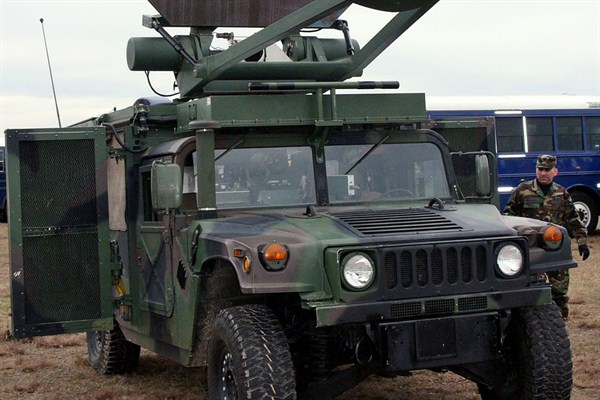Conventional militaries normally avoid fighting in cities, instead seeking open ground where generals can see what is happening and control their forces as much as possible. Certainly there have been large urban battles like Stalingrad, Manila and Berlin during World War II, but they were the exception rather than the rule, an act of desperation by a commander with no other options. Militias and insurgents, though, see things differently. Usually weaker than state security forces, they often choose to fight, as British Gen. Rupert Smith put it, "amongst the people," in the hope that state security forces will not bring the full force of their firepower to bear out of concern for killing civilians.
As the conflict in Gaza shows, war among the people pitting state security forces against militias or insurgents has shifted from a sideshow to a tragic, pervasive and significant aspect of the contemporary security environment. While militias and insurgents try to maximize civilian casualties to erode the will of the state, state security forces must try to minimize them to sustain political support for whatever operation they are involved in. As David Rothkopf wrote, "Modern low-intensity conflicts are won and lost on their ragged edges. Nations act as though the careful plans of their militaries and intelligence operations can harness the chaos of combat and guide it to advance their interests. And then the unplanned happens, collateral damage occurs, and it has a bigger impact on politics and the position of combatants than all the calculated elements of the conflict added up."
In war among the people, anything that can help a military limit civilian casualties is valuable. Not so long ago it looked like the technology to do this might be on the way. While commanding the final withdrawal of United Nations forces from Somalia in 1995, U.S. Marine Lt. Gen. Anthony Zinni was approached by some reservists under his command who worked in law enforcement as civilians. They explained that police often used nonlethal weapons to control hostile crowds and prevent troublemakers from attacking them from behind human shields. Zinni subsequently asked the Pentagon for nonlethal weapons and got them. This began a long-term program to develop and field such weapons for the U.S. military.

